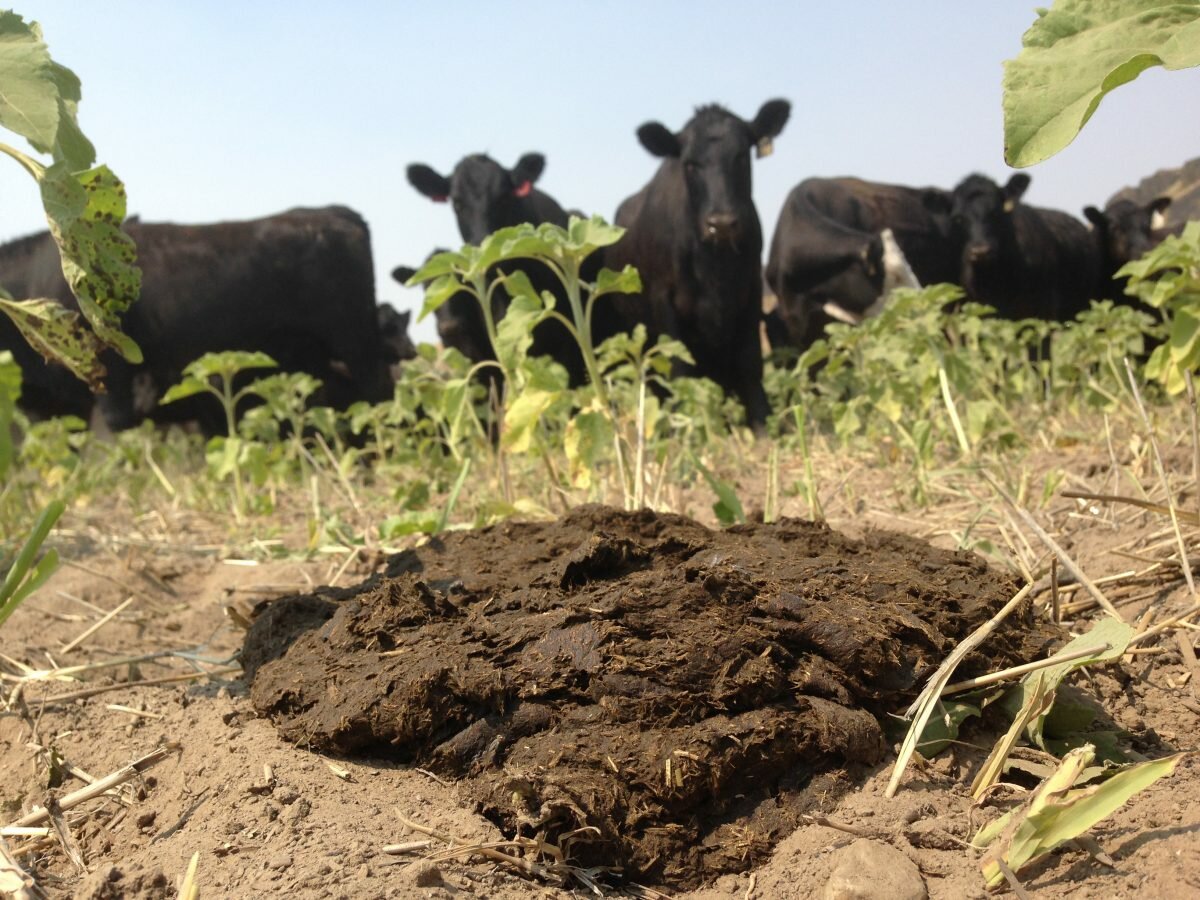We couldn’t wait to share this story of re-wilding an English dairy and crop farm, which was economically unsustainable. Letting nature take over has resulted in the return of hundreds of threatened and endangered species as well as enriching the heavy Sussex soils of dense clay. It is a success story worth sharing. One take-away is that thorny scrub can be left in corners and patches as beneficial habitat, as well as hedgerows being planted between fields and allowed to grow wild.
Tag: farming
Earn Income for Enriching Your Soil
This program is available to agricultural producers through 2019 who sign up on the indigoag.com website.
In June of 2019, an international project was launched to pay farmers by the acre of cropland to adopt “regenerative growing practices.” It’s called the “The Terraton Initiative.”
In the few months since it started, ten million acres of cropland have been enrolled by producers willing to use one or more regenerative practices, for example, cover crops, crop rotation, no-till, reduced pesticide, and fertilizer, or integrated livestock management. Producers receive a minimum of $15 per metric ton of carbon dioxide sequestered in their soils, as measured by remote sensing and breakthroughs in data science. It is now possible to make accurate, efficient, affordable measurements of soil carbon levels by remote sensing methods. The producers who have enrolled their cropland in this program will not only build healthier soil, which will increase their yield but will be paid a bonus for doing so.
For more information on this new program, go to indigoag.com.
North Central Washington Cover Crop Tour October 4th, 2018
Hear from farmers about cover cropping and grazing in dryland wheat. There will also be updates from RMA, NRCS, and WSU on soil health and animal nutrition.
The Field Day will take place on October 4th, 2018. The tour will start at Cavadini Partnership in Bridgeport and end at the Double J ranch in Okanogan. Following the tour, there will be beverages and a BBQ.
Please RSVP by September 22nd. To RSVP, email .
Cover Crops in Low Rainfall Wheat Fallow Regions of Eastern Washington
Following a National Forum on Cover Crops and Soil Health, producers became interested in conducting on-farm demonstrations to improve soil health through cover crops.
Continue reading “Cover Crops in Low Rainfall Wheat Fallow Regions of Eastern Washington”
“Healthy Soil is the Real Key to Feeding the World”
Dr. David Montgomery of the Dig2Grow team is at it again in this groundbreaking article that cuts through some nasty and pervasive myths about food and agriculture. Professor Montgomery notes “The key to sustaining highly productive agriculture lies in rebuilding healthy, fertile soil.”
Here are three big myths that he goes on to disprove:
Myth # 1, that large-scale agriculture feeds the world today: not true because family farms produce more than 75% of the world’s food today.
Myth #2, that large farms are more efficient: not true because small diverse farms produce more than twice as much per acre as large farms.
Myth # 3, that conventional farming is needed to feed the world: not true because conventional farming depletes and degrades the soil, making it unsustainable over time.
Check out the whole article, “Healthy soil is the real key to feeding the world.”



